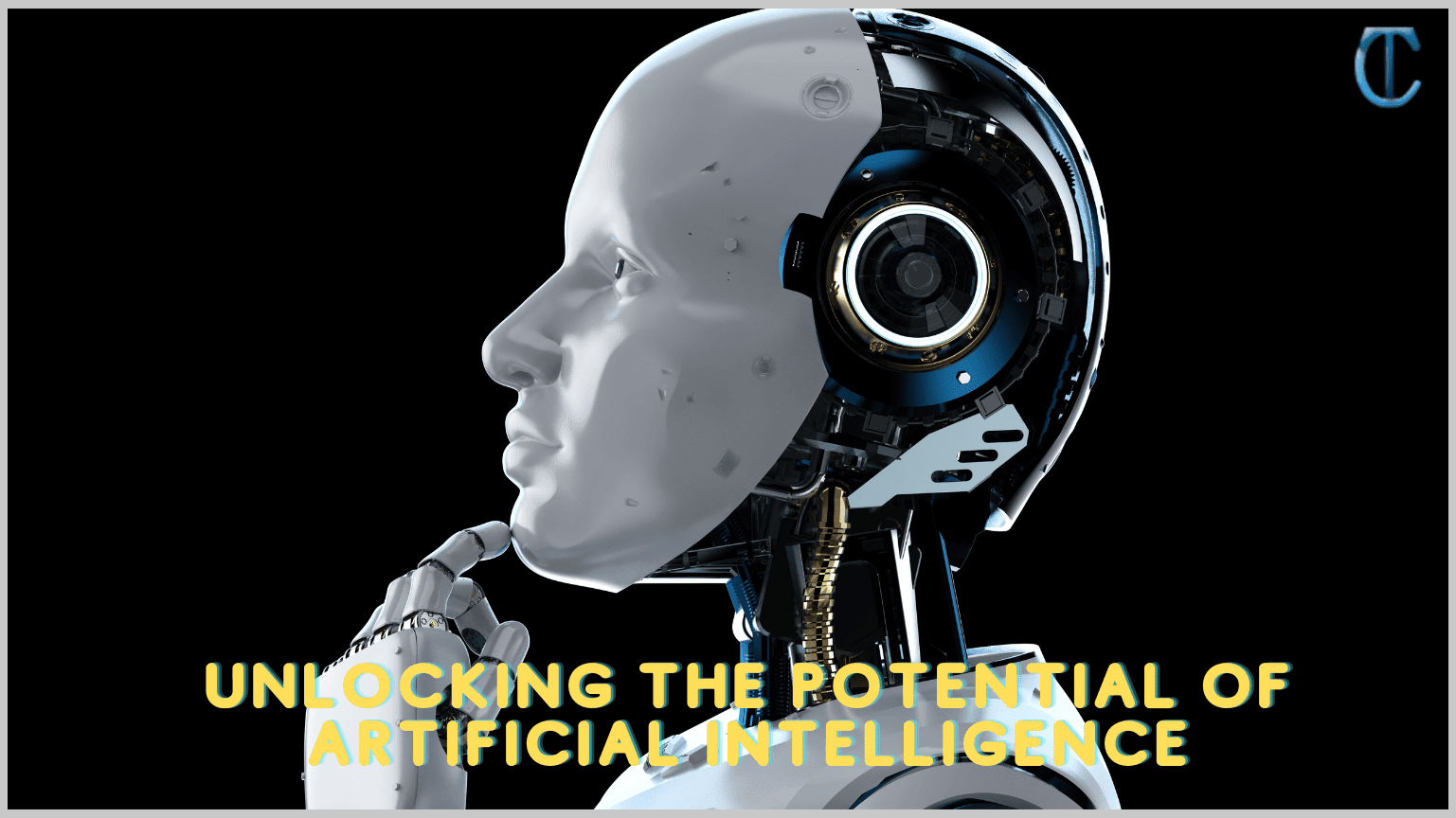Introduction
Fewer innovations in technology have grown to be as easily inherent in our everyday lives as voice artificial intelligence. It is a constantly evolving transformative technological change that has revolutionized communications in e–commerce and other businesses. With the advancement in voice technologies, the interactions between humans – machines have reached a point of peak, fundamentally altering the way we interact with our computing and technological counterparts.
The present business module is defined by the integration of advanced machine learning algorithms, neural networks, and natural language processing (NLP). Artificial intelligence-powered machines not only hear our voices but also understand, interpret, and respond to them. If you are looking for such a partner to help you, we can recommend Curious Thing Artificial Intelligence. These agents are quick to be put into action and developed to have a lasting effect. They represent the AI capabilities you can imagine. Their voice AI assistants are made to help expanding companies with all kinds of inbound and outbound client conversations.
History of Voice AI
Several years of research and development have helped define the historical context voice artificial intelligence. The journey to this point remains one of the constant advancements, from the very beginning whenever complicated voice recognition systems had problems figuring out basic instructions to the current moments, where AI-powered assistants have skilled exchanges. Voice AI’s current predecessors are a landmark creativity among humans, while with each iteration, we are getting closer to an age where machines can comprehend not only the phrases we say, but every nuance of our spoken language.
The Evolution of Natural Language Processing
One of the key aspects in the story of creating voice artificial intelligence is the development of Natural language Processing (NLP). Natural Language Processing (NLP) is a branch of artificial intelligence that facilitates machines to recognize, interpret, and develop actions that have similarities to human beings. By moving beyond relatively easy speech detection, this capability explores the subtleties of language, context, and intent. On account of its advances in natural language processing, Voice AI has developed from an elementary tool to an elaborate companion that can maintain context-aware and meaningful conversations.
Virtual Assistants: Coordinating Ease
Artificially intelligent assistants, which at first had previously been discovered in science fiction, have now become commonplace in everyday situations. All these variable concierge services, ranging from Apple’s Siri to Amazon’s Alexa and Google Assistant, have far surpassed their initial appeal and become vital elements of our daily routines. They organize how we spend our time, interact with our queries, and execute tasks with a variety of advanced electronic devices. Features of our virtual friends are enabled by resonances of our voices, which are transformed into instructions, which are capable of being performed.
The Complicated Terrain of Conversational AI
Thanks to the introduction of voice AI, an entirely fresh phase of intelligent conversation has begun, during which machines may communicate substantially with other machines besides carrying out directives. The convoluted setting is a shift coming from traditional interactions between humans and machines, where rigid commands are exchanged in favor of conversing exchanges. Conversational AI is an evolutionary change that transforms the communication channel between humans and machines, resulting in easier-to-understand technology. This also makes it straightforward instead of simply being a technology innovation.
Obstacles and Ethical Issues
Voice AI exhibits promise and potential, however, it additionally possesses challenges that require careful evaluation. In consideration of concerns about confidentiality, data security, and the prospect of abusing voice data, effective regulatory and ethical guidelines are critical. Obligatory growth and implementation of voice AI technologies rely on a fine balance between consumer security and creative thinking.
The Path Ahead: Coordinating Thoughtful Dialogs
The current development course of voice AI indicates a substantially more developed and strategic understanding of communications, shortly. The implementation of behavioral intelligence into voice artificial intelligence systems is an area with outstanding potential. Envision an artificially intelligent assistance that can recognize the tone, while understanding the words being spoken. At the same time being able to provide a genuine understanding and personalized competence. Rather than just an amazing piece of technology, the journey that lies ahead will result in educated interactions with machines developing into an exquisite composition of human-machine communication.
Conclusion
Without a doubt, voice AI is an unprecedented force that is forever altering the very concept of human–machine communication. No one can deny its effects as a mere passing trend. With its superior capability to recreate humanize speech; voice resonance has brought about fresh possibilities. The design is crucial to move forward with caution, to ensure that moral considerations oversee the development of voice AI even as we continue to investigate its enormous potential. A peaceful future can be built by doing this, where the human–machine interactions are smooth and beneficial, ensuring an infinitely more enlightened and cohesive world at large.



Post A Comment:
0 comments: